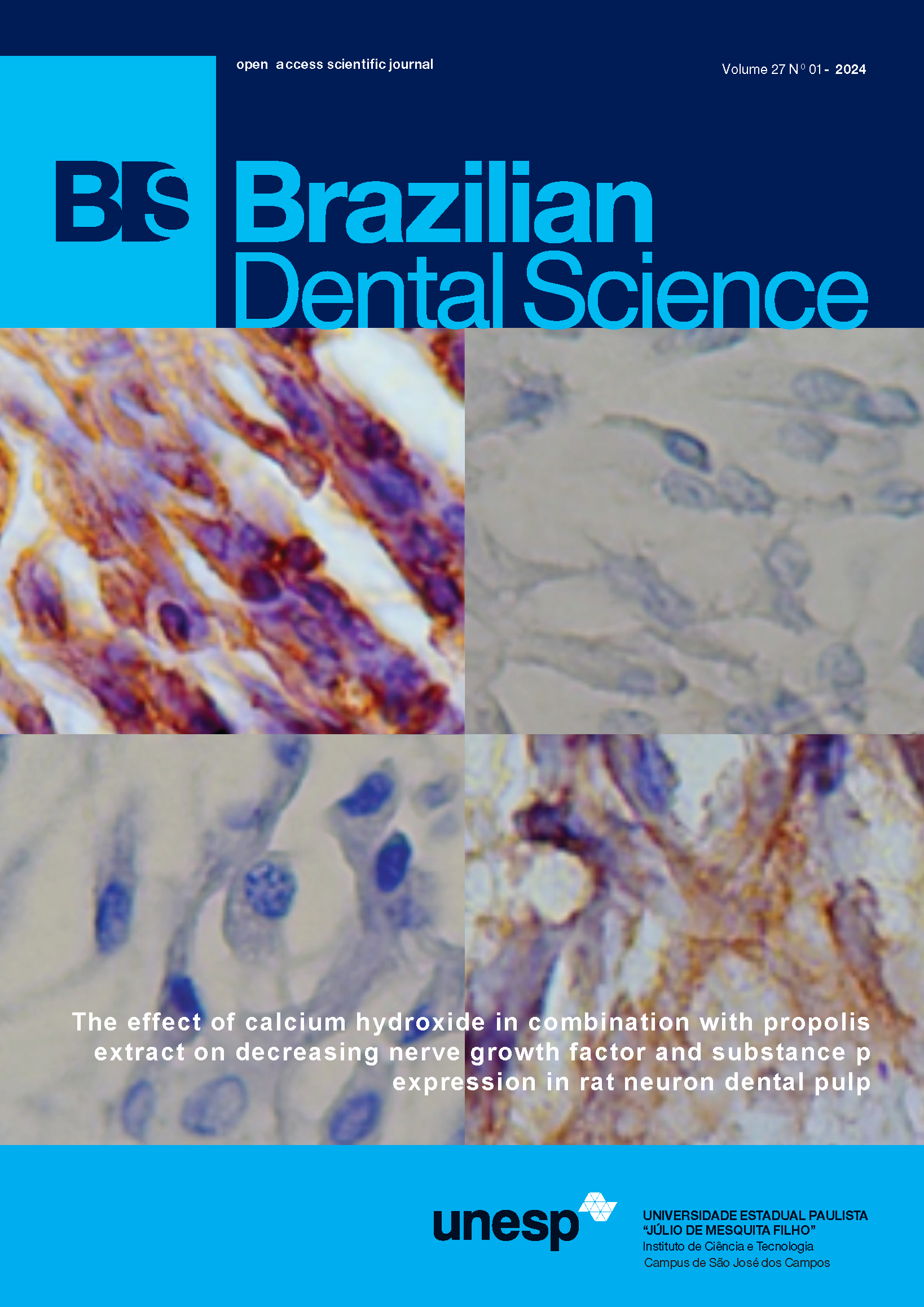Knowledge, Awareness, and Practice of Dentists in Preventing- Novel Corona Virus (COVID-19) Transmission - A Questionnaire Based Cross-Sectional Survey.
DOI:
https://doi.org/10.14295/bds.2020.v23i2.2287Abstract
Background: The global issue that urges the public health emergency is the outbreak of the Novel Corona Virus strain (COVID-19). Dentists being are highly prone to airborne transmission during dental treatment due to aerosols generated by various dental procedures on patients with COVID-19. Taking this fact into consideration, the present survey research was mainly aimed at evaluating the knowledge, attitude, and practice of dentists in preventing the disease transmission of Novel Coronavirus (COVID-19). Material and methods: The present study is prospective research, where the online survey questionnaire was distributed among 300 dentists in Andhra Pradesh and Telangana states in India, who were randomly recruited for the study. The participants were recruited based on the clinical experience ranging from less than five years to more than ten years, who were working in both the private and government sectors. 15 close-ended questions were formulated and validated. The questionnaire consisted of the necessary demographic details of the participants and equally distributed into three sections that contained questions that assessed the knowledge, attitude, and practice of dentists in preventing the disease transmission of Novel Coronavirus (COVID-19). Results: The results revealed that dentists have an adequate knowledge and awareness on COVID-19 transmission and most of the dentists felt that dentists have a major role in preventing the disease transmission. Majority of the participants raised the importance of awareness programs have to be conducted on various measures in preventing COVID-19 transmission among dental fraternity and in public. Conclusions: From the survey research it can be concluded that dentists have an adequate knowledge and awareness on COVID-19 disease. Majority of them are trying their level best in the present situation to prevent COVID-19 transmission.
Keywords
COVID-19; Dentists; Infection control.
References
Lancet T. Emerging understandings of 2019-nCoV. The Lancet. 2020 Feb 1;395(10221):311.
Adhikari SP, Meng S, Wu Y-J, Mao Y-P, Ye R-X, Wang Q-Z, et al. Epidemiology, causes, clinical manifestation and diagnosis, prevention and control of coronavirus disease (COVID-19) during the early outbreak period: a scoping review. Infect Dis Poverty. 2020 Dec;9(1):1–12.
Zhu N, Zhang D, Wang W, Li X, Yang B, Song J, et al. A Novel Coronavirus from Patients with Pneumonia in China, 2019. N Engl J Med [Internet]. 2020 Jan 24 [cited 2020 Mar 23]; Available from: https://www.nejm.org/doi/10.1056/NEJMoa2001017
Zhou P, Yang X-L, Wang X-G, Hu B, Zhang L, Zhang W, et al. A pneumonia outbreak associated with a new coronavirus of probable bat origin. Nature. 2020 Mar;579(7798):270–3.
Ksiazek TG, Erdman D, Goldsmith CS, Zaki SR, Peret T, Emery S, et al. A Novel Coronavirus Associated with Severe Acute Respiratory Syndrome [Internet]. http://dx.doi.org/10.1056/NEJMoa030781. 2009 [cited 2020 Mar 23]. Available from: https://www.nejm.org/doi/full/10.1056/NEJMoa030781
Groot RJ de, Baker SC, Baric RS, Brown CS, Drosten C, Enjuanes L, et al. Commentary: Middle East Respiratory Syndrome Coronavirus (MERS-CoV): Announcement of the Coronavirus Study Group. J Virol. 2013 Jul 15;87(14):7790–2.
Wu A, Peng Y, Huang B, Ding X, Wang X, Niu P, et al. Genome Composition and Divergence of the Novel Coronavirus (2019-nCoV) Originating in China. Cell Host Microbe. 2020 Mar 11;27(3):325–8.
Shu Y, McCauley J. GISAID: Global initiative on sharing all influenza data – from vision to reality. Eurosurveillance. 2017 Mar 30;22(13):30494.
Xie X, Li Y, Sun H, Liu L. Exhaled droplets due to talking and coughing. J R Soc Interface [Internet]. 2009 Dec 6 [cited 2020 Mar 23]; Available from: https://royalsocietypublishing.org/doi/abs/10.1098/rsif.2009.0388.focus
Chan JF-W, Yuan S, Kok K-H, To KK-W, Chu H, Yang J, et al. A familial cluster of pneumonia associated with the 2019 novel coronavirus indicating person-to-person transmission: a study of a family cluster. The Lancet. 2020 Feb 15;395(10223):514–23.
Wang D, Hu B, Hu C, Zhu F, Liu X, Zhang J, et al. Clinical Characteristics of 138 Hospitalized Patients With 2019 Novel Coronavirus–Infected Pneumonia in Wuhan, China. JAMA. 2020 Mar 17;323(11):1061–9.
The Workers Who Face the Greatest Coronavirus Risk [Internet]. [cited 2020 Mar 23]. Available from: https://www.nytimes.com/interactive/2020/03/15/business/economy/coronavirus-worker-risk.html
Sabino-Silva R, Jardim ACG, Siqueira WL. Coronavirus COVID-19 impacts to dentistry and potential salivary diagnosis. Clin Oral Investig. 2020 Feb 20;1–3.
CDC. Coronavirus Disease 2019 (COVID-19) [Internet]. Centers for Disease Control and Prevention. 2020 [cited 2020 Mar 23]. Available from: https://www.cdc.gov/coronavirus/2019-ncov/infection-control/index.html
Medicine G of IR, Society CT. Expert consensus for bronchoscopy during the epidemic of 2019 Novel Coronavirus infection (Trial version). Chin J Tuberc Respir Dis. 2020 Feb 8;43(00):E006–E006.
CDC Recommendation: Postpone Non-Urgent Dental Procedures, Surgeries, and Visits [Internet]. 2020 [cited 2020 Mar 23]. Available from: https://www.cdc.gov/oralhealth/infectioncontrol/statement-COVID.html
Peng X, Xu X, Li Y, Cheng L, Zhou X, Ren B. Transmission routes of 2019-nCoV and controls in dental practice. Int J Oral Sci. 2020 Mar 3;12(1):1–6.




